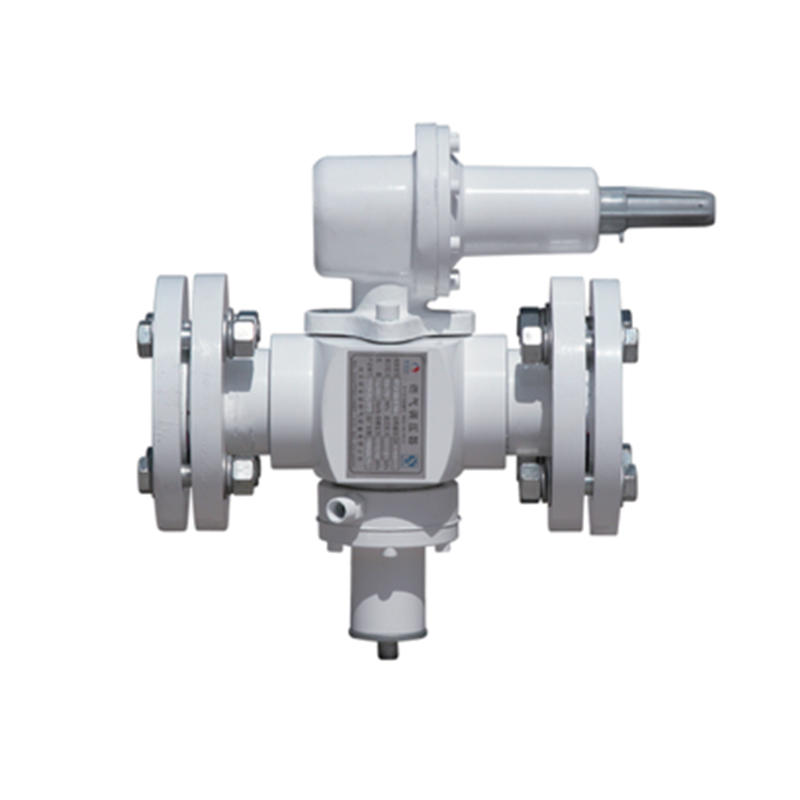
Nov . 09, 2024 01:15
Back to list
Natural Gas Distribution Station Overview and Benefits for Urban Energy Supply
Natural Gas Distribution Stations A Key Component of Energy Infrastructure
Natural gas has become one of the most significant sources of energy for households and industries across the globe. Its role has been magnified in the context of transitioning to cleaner energy sources, and thus, the infrastructure supporting its distribution is critical. One of the most vital components of this infrastructure is the natural gas distribution station. This article delves into what these stations are, how they function, their benefits, and their role in the broader energy landscape.
Understanding Natural Gas Distribution Stations
Natural gas distribution stations serve as the hub for managing the flow of natural gas from transmission pipelines to end-users, including residential, commercial, and industrial customers. These stations play a pivotal role in ensuring that the gas delivered is safe, reliable, and at the right pressure for use.
Each distribution station is equipped with various components, including pressure regulators, flow meters, and odorization systems, which add a strong odor to the otherwise odorless gas to help detect leaks. The primary function of these stations is to reduce the high pressure of the gas coming from transmission lines to a much lower pressure suitable for local distribution.
Functionality of Distribution Stations
The operation of a natural gas distribution station involves several key processes
1. Pressure Regulation Gas arrives at the station under high pressure, often hundreds of pounds per square inch (psi). The first step is to reduce this pressure to a level suitable for safe delivery—around 2-60 psi.
2. Odorization To enhance safety, a chemical compound called mercaptan is added to the gas to give it a recognizable odor. This helps in the detection of leaks, allowing timely intervention and minimizing risks to health and safety.
.
4. Safety Systems Distribution stations are designed with various safety mechanisms, such as emergency shut-off valves and leak detection systems, to prevent accidents and minimize hazards.
محطة توزيع الغاز الطبيعي

Benefits of Natural Gas Distribution Stations
The infrastructure offered by distribution stations presents numerous advantages
- Energy Efficiency Natural gas is known for its efficiency in heating and electricity generation. Distribution stations facilitate the transition of this energy from producers to consumers seamlessly.
- Environmental Benefits As countries aim to reduce carbon emissions, natural gas has emerged as a cleaner alternative to coal and oil. Its stations support a shift toward more sustainable energy practices.
- Economic Growth With access to natural gas, businesses can operate more efficiently, which in turn stimulates economic activity and job creation. Reliable gas supply can attract industries that require energy-intensive processes.
- Support for Renewable Energy Natural gas distribution stations complement renewable energy sources by providing backup power during periods of low renewable generation, such as cloudy or calm days.
Future of Natural Gas Distribution
As energy demand continues to evolve, the role of natural gas distribution stations will also adapt. With advancements in technology, there is a growing potential for integrating digital monitoring systems, improved safety protocols, and even the use of renewable natural gas (biogas) in traditional distribution networks.
Moreover, as the world strategizes to combat climate change, gas distribution stations may play a crucial part in facilitating a transition towards greener energy solutions. Innovations such as hydrogen blending, where hydrogen is mixed with natural gas for distribution, present exciting possibilities for the future.
Conclusion
Natural gas distribution stations are a fundamental aspect of the global energy infrastructure, ensuring that this versatile fuel reaches consumers safely and efficiently. As we move forward, the importance of these facilities will only increase, especially in the context of energy transition and sustainability. Continued investment and innovation in natural gas distribution infrastructure will be essential to meet the needs of a changing energy landscape while supporting economic growth and environmental stewardship.
Latest news
-
Safety Valve Spring-Loaded Design Overpressure ProtectionNewsJul.25,2025
-
Precision Voltage Regulator AC5 Accuracy Grade PerformanceNewsJul.25,2025
-
Natural Gas Pressure Regulating Skid Industrial Pipeline ApplicationsNewsJul.25,2025
-
Natural Gas Filter Stainless Steel Mesh Element DesignNewsJul.25,2025
-
Gas Pressure Regulator Valve Direct-Acting Spring-Loaded DesignNewsJul.25,2025
-
Decompression Equipment Multi-Stage Heat Exchange System DesignNewsJul.25,2025

